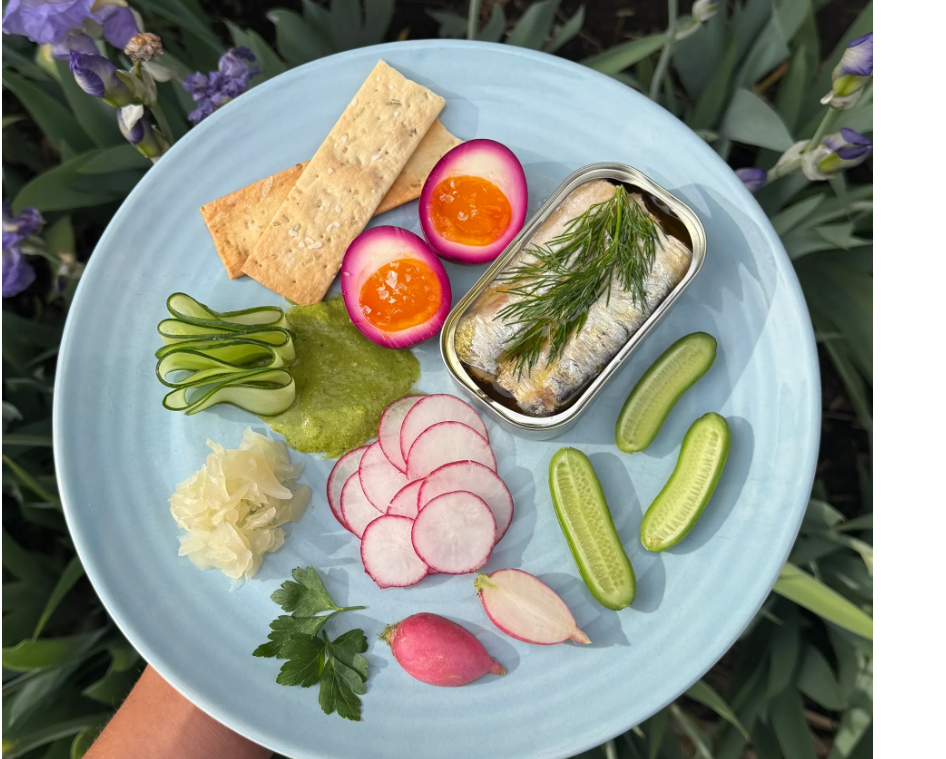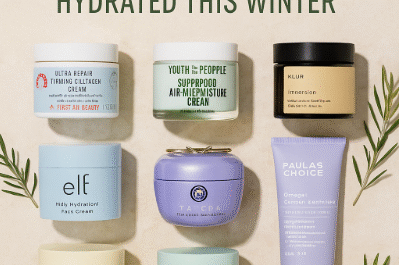In recent years, tinned fish has transformed from a pantry afterthought into a gourmet trend. TikTok foodies, fine-dining chefs, and health influencers are raving about sardines on toast, tuna boards, and mackerel pasta. But as this humble food gets its time in the culinary spotlight, one question remains: How healthy is tinned fish, really?
🐟 Why Tinned Fish is Suddenly Trendy
Once seen as old-school or even “survival” food, tinned fish has taken on a cool, artisanal vibe. High-end brands now offer beautifully packaged cans of smoked trout, anchovies in olive oil, and spicy sardines that wouldn’t look out of place on a charcuterie board.
What’s driving the hype?
- Convenience: No cooking required.
- Shelf Life: Lasts for years without refrigeration.
- Sustainability: Many tinned fish brands focus on ethical fishing.
- Nutritional Buzz: Touted as a rich source of protein, omega-3s, and calcium.
✅ The Health Benefits of Tinned Fish
Tinned fish isn’t just trendy — it can be surprisingly nutritious.
1. High in Protein
Most varieties like tuna, salmon, sardines, and mackerel provide 20–30g of protein per can, supporting muscle repair, satiety, and energy.
2. Loaded with Omega-3 Fatty Acids
Fatty fish such as sardines and salmon are packed with omega-3s, which are essential for:
- Brain health
- Heart health
- Reducing inflammation
3. Rich in Micronutrients
Tinned fish can also provide:
- Calcium (especially if bones are included)
- Vitamin D
- Iron
- B12
4. Affordable and Accessible
Compared to fresh fish, canned options are far more budget-friendly and available year-round.
⚠️ What to Watch Out For
Not all canned fish are created equal. Here’s what you need to check:
1. Sodium Content
Many tinned fish products are high in salt — some cans contain 30–50% of your daily sodium limit. Always check labels and opt for low-sodium versions if available.
2. Added Oils and Sauces
Some brands pack fish in unhealthy oils (like soybean or sunflower oil) or sugary sauces. Look for options packed in olive oil or water for a cleaner option.
3. Mercury Levels
Tuna and larger predatory fish can have higher levels of mercury. Limit intake to 1–2 cans per week, especially for pregnant women or children.
4. Packaging Concerns
Although rare, some older or low-quality cans may still contain BPA in the lining. Look for brands that are BPA-free.
🥗 Best Types of Tinned Fish for Your Health
Here are the healthiest canned fish options:
| Fish Type | Best Packed In | Highlights |
|---|---|---|
| Sardines | Olive Oil or Water | High omega-3s, calcium from bones |
| Salmon | Water | Low mercury, rich in vitamin D |
| Mackerel | Olive Oil | Bold flavor, high in protein & omega-3s |
| Anchovies | Olive Oil | Great in small amounts, salty but nutrient-dense |
| Tuna (light) | Water | Lower mercury than albacore or yellowfin |
🥖 How to Enjoy Tinned Fish Creatively
Tinned fish isn’t just for sandwiches. Try these fun ideas:
- Sardines on toast with lemon and capers
- Tuna-stuffed avocados
- Mackerel salad bowls with greens and grains
- Salmon pasta with garlic, spinach, and olive oil
- Anchovies on pizza or roasted veggies



